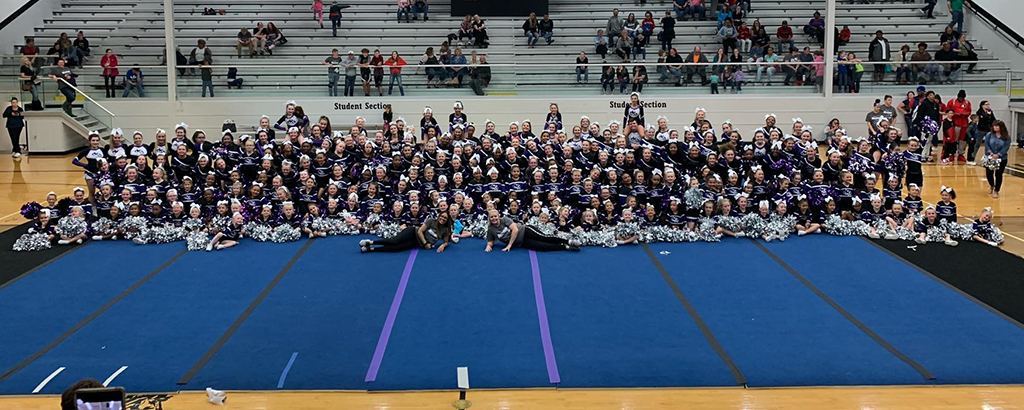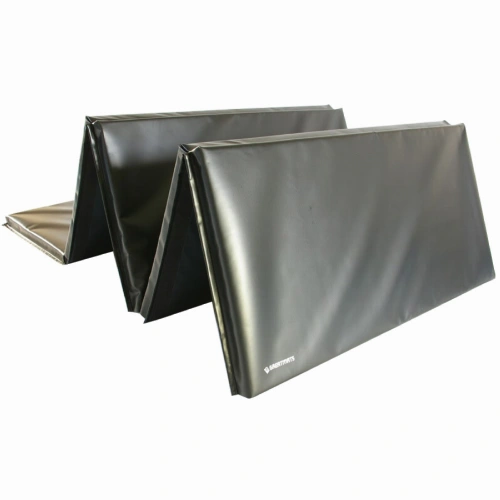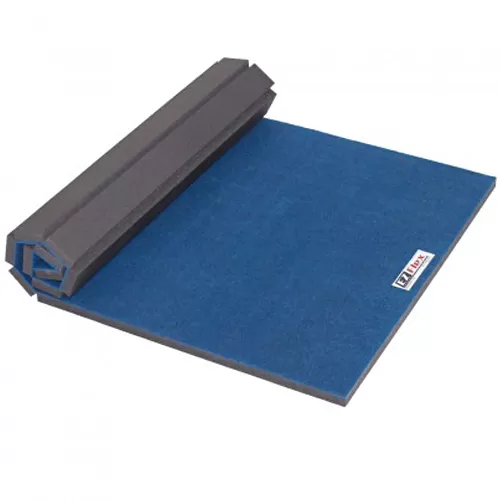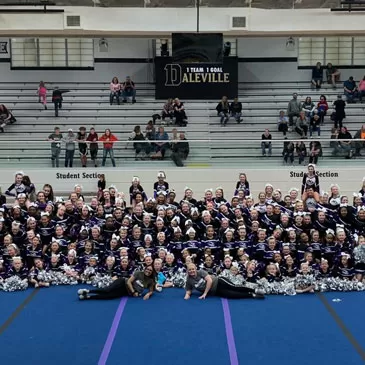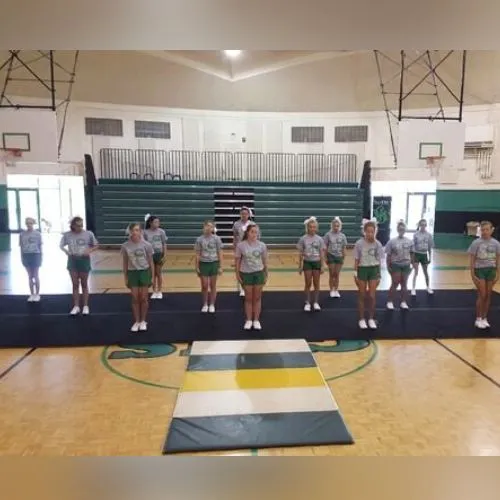Cheer mats make practicing at home, at a studio, or at a school a safer process. For home tumbling, jumping, or dancing workouts, count on Greatmats to have multiple styles of competition-quality mats for sale. You also could use these blue panel mats at a studio or in a school for practicing.
Article Library
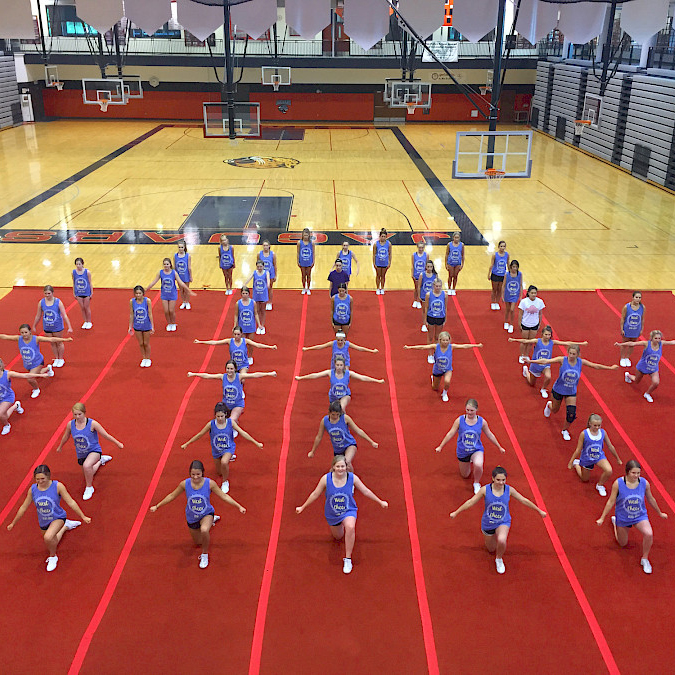




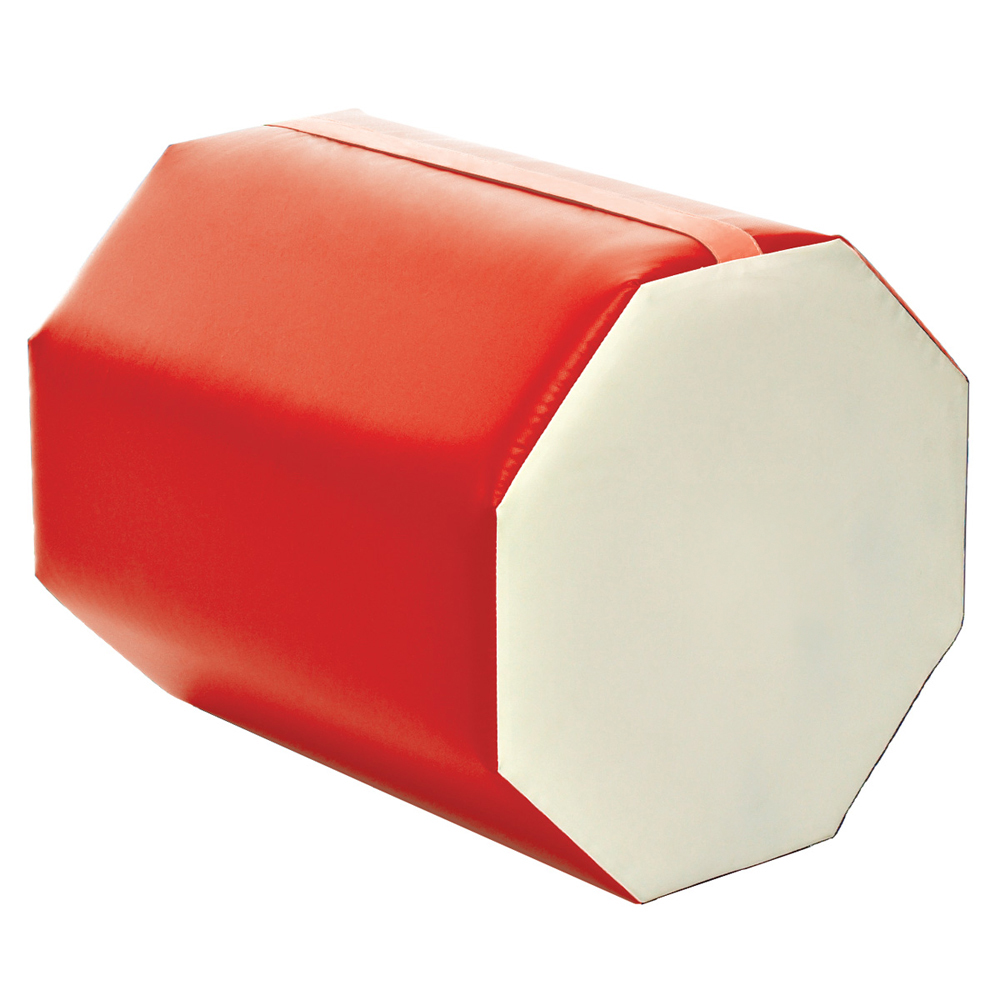

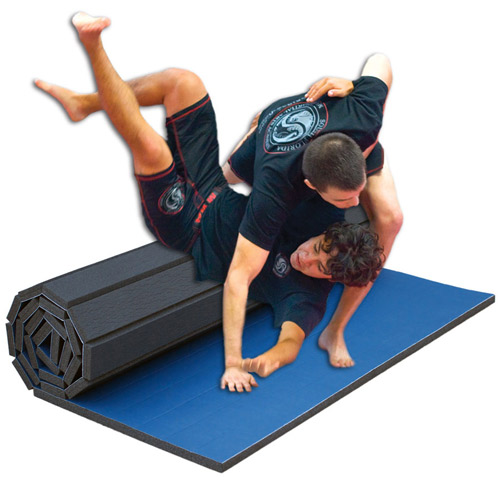
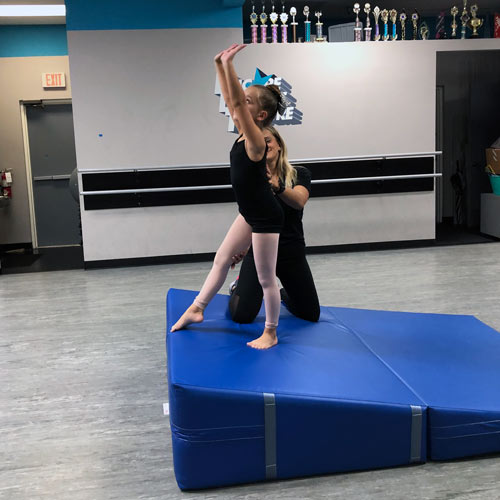

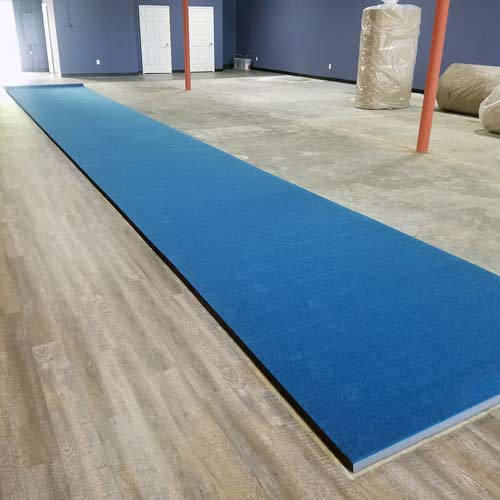

Video Library












Ideas Before You Buy Cheer Mats
Tips & considerations for purchasing cheer mats:
The following blogs offer tips on what aspects to look for in flat roof tiles before making a purchase. Wherever you plan to use this flooring, these are all important things to learn before making your final decision.- Find out how to install, maintain, and store Flexi-Connect cheer mats. Learn More: How to Install, Maintain & Store Flexi-Connect Cheer Mats
- Discover our top picks for the best cheer mats for home balance affordability with safety and performance, supporting cheerleaders through every practice. Learn More: What Are The Best Cheer Mats For Home Practice?
- Learn about what skills are best introduced with a cheese mat. Learn More: When Would You Use a Cheese Mat for Cheerleading?
Top 10 Questions About Cheer Mats
Below are the most popular questions we've received about cheer mats. Click the question to get a detailed answer and explanation on these topics.- What Is a Cheer Dead Mat? When a cheerleading mat does not have springiness, it’s called a dead mat or a flat mat. Some athletes prefer to practice on a dead mat, as it teaches them to land in a different way than a mat or floor with an intact sprung system. Greatmats offers both types of mats.
- How Do You Clean Cheer Mats? For a vinyl-covered foam mat used with cheerleading, you can wipe down the vinyl surface with a small amount of disinfectant cleaner and a rag. For a carpet-top mat, vacuum the carpeting to remove debris and dirt.
- How Thick Should Cheer Flooring Be? Standard mats for cheerleading practice often will measure between 1-3/8 inches and 2 inches in thickness, with most of the thickness consisting of foam. Should cheerleaders be practicing tumbling landings, they may want to use crash mats or landing mats, which can measure up to several inches in thickness.
- How Much Do Cheer Mats Cost? When preparing to purchase competition-quality mats for cheerleading practice, the cost of the mat often depends on the coverage size and the planned usage. Specialty mats, like octagon mats or crash mats, may cost several hundred dollars, while folding or roll-up mats may cost a couple hundred dollars.
- How Big Is a Cheer Mat? Because cheerleaders need a large space to perform moves and tumbling passes, full-size cheer floors can measure about 42x54 feet. For individual cheerleading practice sessions, a smaller floor may be adequate, such as in a 6x42 foot tumbling roll or in a folding mat that measures about 4x8 feet.
- What Is the Best Cheer Mat Thickness? To find the perfect thickness in mats for cheerleading practice, consider the types of workouts that will be occurring. For tumbling passes, a mat up to 2 inches in thickness works well, while a crash pad up to 8 inches in thickness provides safety for landing during stunts.
- How Heavy Are Cheer Competition Mats? Moving cheerleading mats for installations in a practice area or to create a competition space can require multiple people because of the weight. A typical roll for cheerleading measures 6x42 feet and weighs around 125 pounds, while smaller 5x10-foot mats weigh about 25 pounds.
- What Are the Top 5 Cheer Mats on a Budget? When seeking a type of cheerleading mat that can fit into a tight budget, Greatmats has multiple options for our customers. Typically, the least expensive mats will be fold-up mats consisting of cushioned foam and made for individual practice that measure about 4x8 feet.
- How Do You Connect Cheer Mats? To connect multiple cheerleading mats that have a carpet top surface and a foam padding underneath, just use a strip of hook and loop fabric. This strip attaches to the carpet fibers securely, creating a setup using multiple mats for a competition-sized space.
- What Are the Safest Mats for Cheerleading Stunting Training? During stunting practice for cheerleading, the injury risk from falls increases versus performing cheerleading moves on the ground. Always match the fall height rating of the cheer flooring to the potential highest point from which a cheerleader could fall while practicing stunting.
Best Cheer Mat Products
4x10 Fold-up Gym Mats
For a durable, commercial-grade cheer mat, count on the 4x10 Fold-up Gym Mats from Greatmats to create a safe space for practice with a 2-inch-thick foam.
4x8 Fold-up Gym Mats
Our 4x8 Fold-up Gym Mats have a durable vinyl covering and a 2-inch thick foam interior, ensuring that they will stand up to regular cheerleading practice sessions.
5x10 Roll-up Home Cheer Mats
The 5x10 Roll-up Home Cheer Mats are some of the most comfortable cheerleading floors we offer, featuring a carpet-top surface and 1-3/8 inches of foam attached underneath.
6x42 Roll-up Cheerleading Mats
To practice tumbling runs safely, count on the 6x42 Roll-up Cheerleading Mats from Greatmats that have a carpeted surface for traction and 1-3/8 inches of foam on the underside.
Cheer Mat Customer Installations
Anderson Invasion Cheer Team
To help with creating a competition-sized cheer practice area to simplify practicing formations for the team, the Anderson Invasion Cheer Team selected our roll-up mat to add to its existing flooring.
Cheer Studio: 6x42 Roll-up Cheerleading Mats
Carson-Newman University and Greeneville Schools
Needing cheer mats to share among teams at Carson-Newman University and Greeneville Schools, the group selected our roll-up mats with a durable carpet-top surface that was sure to last under frequent use.
School Cheerleading: 6x42 Roll-up Cheerleading Mats
Cheer Mat Installation & Maintenance Videos
How to Install Cheer Mat Connect Strips
How To Cut Roll Out Mats - Cheer, Gymnastics, Martial Arts, Wrestling
How to Install Home Flexi-Connect Mats
